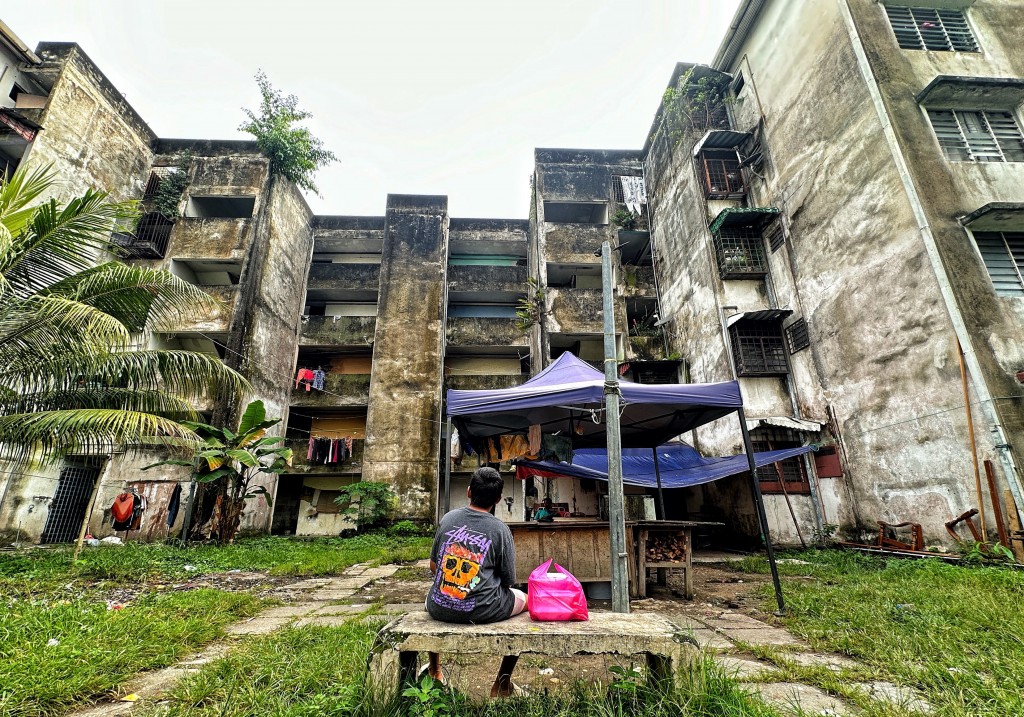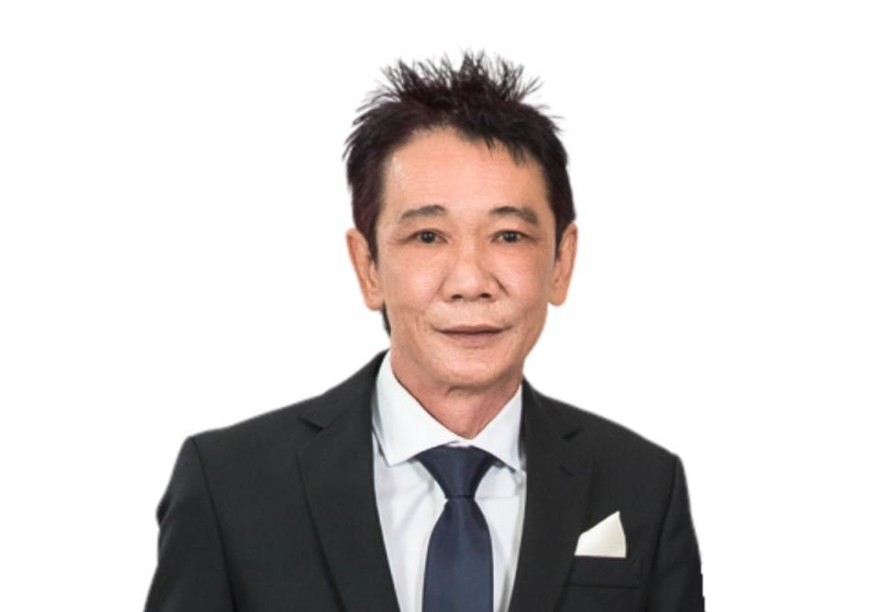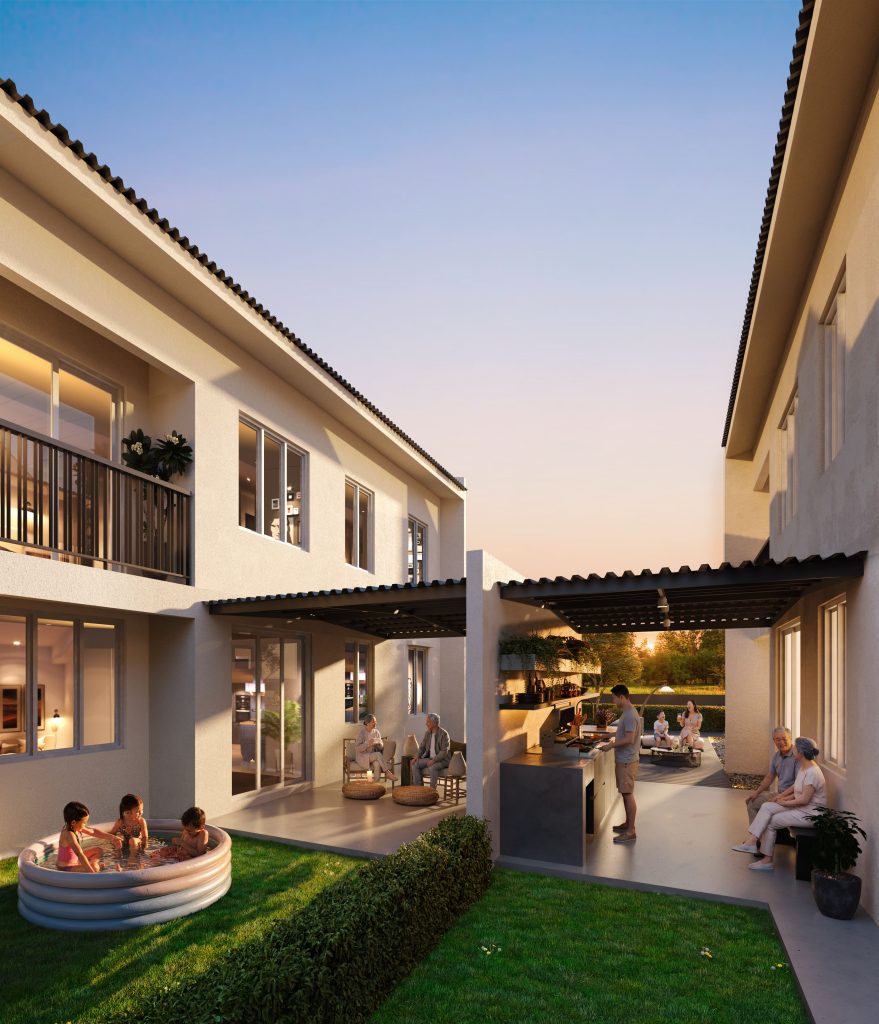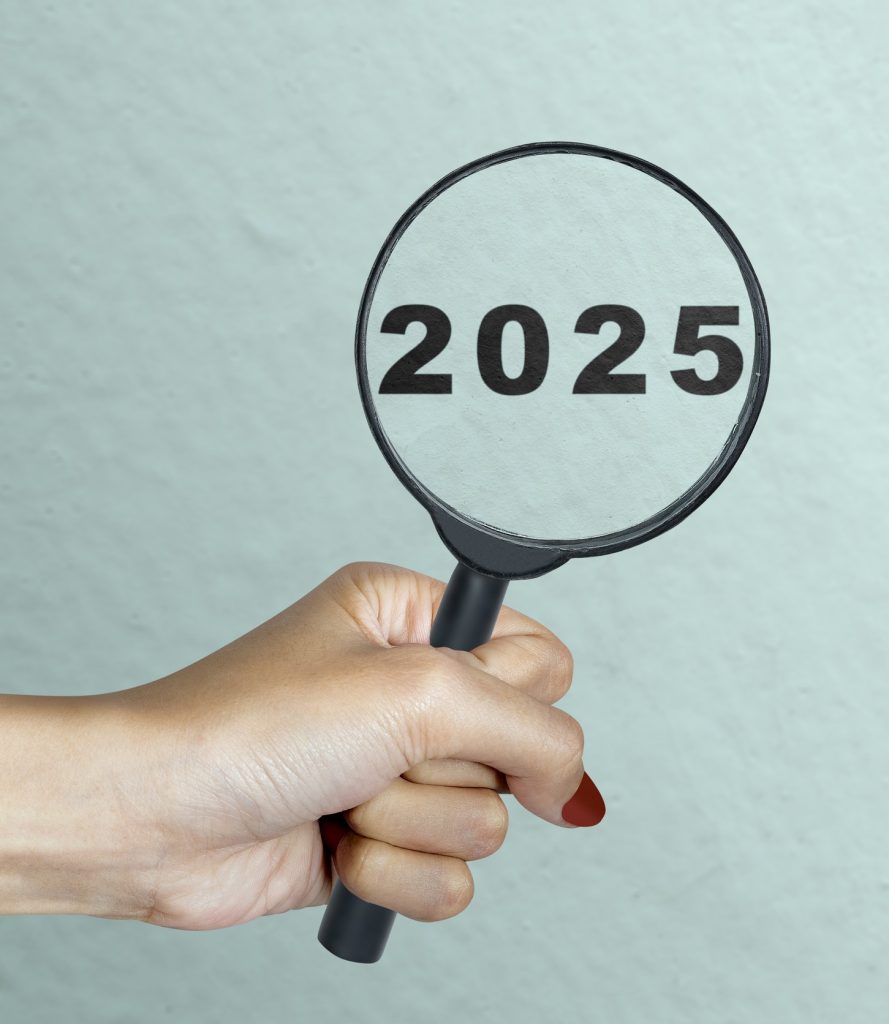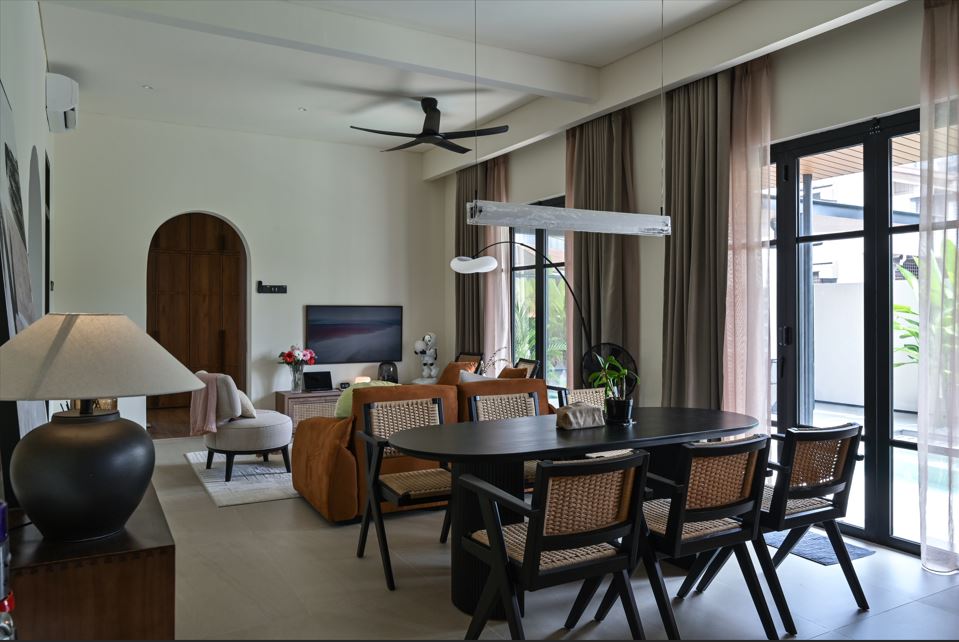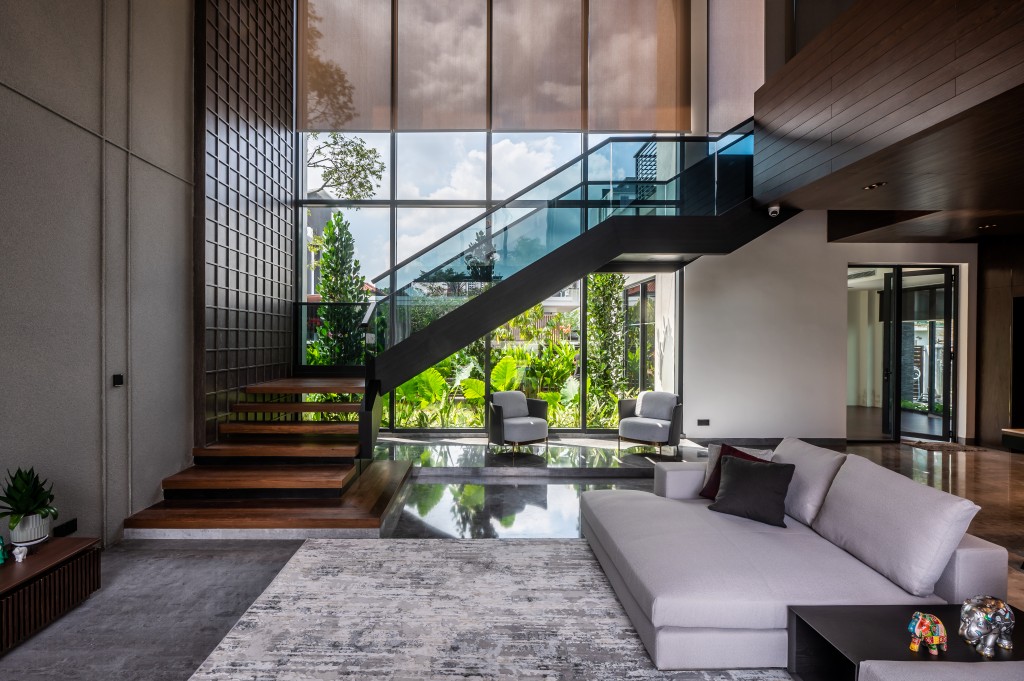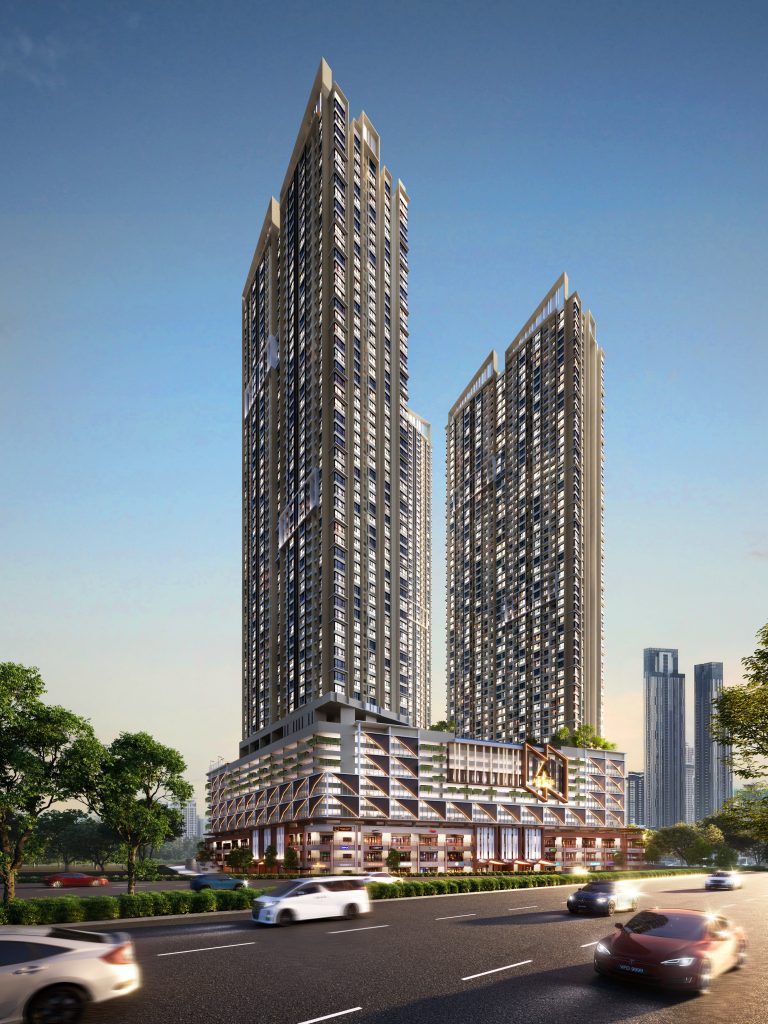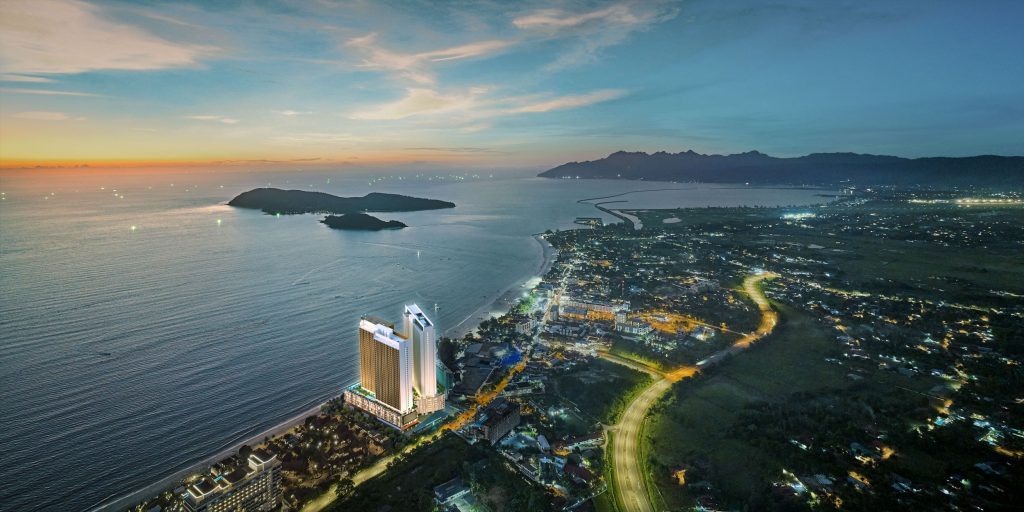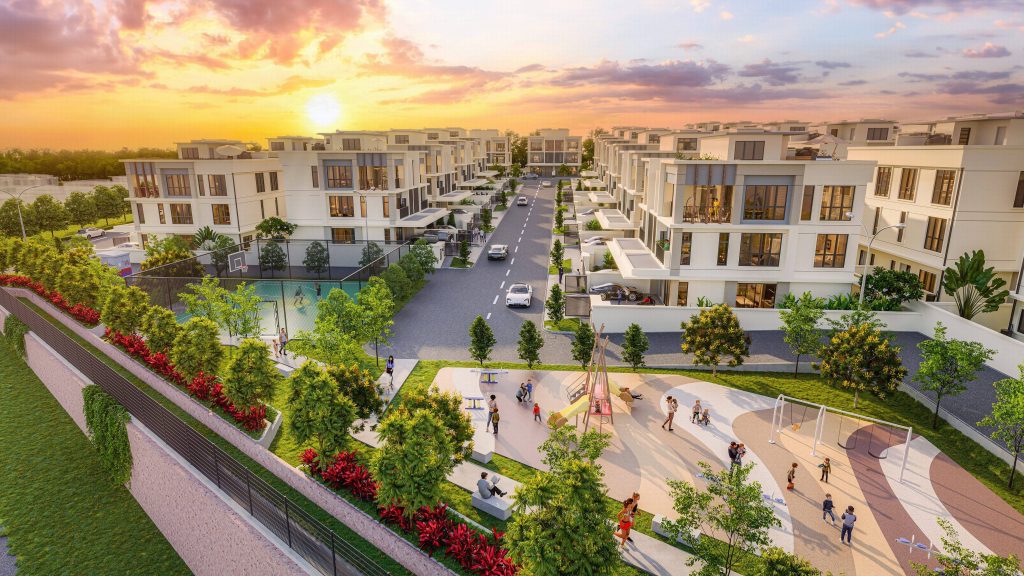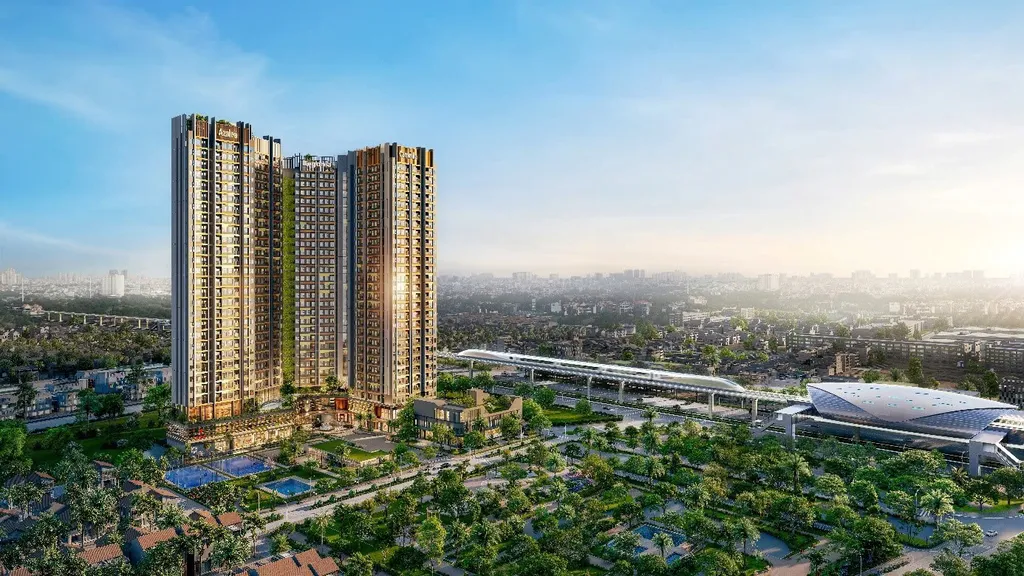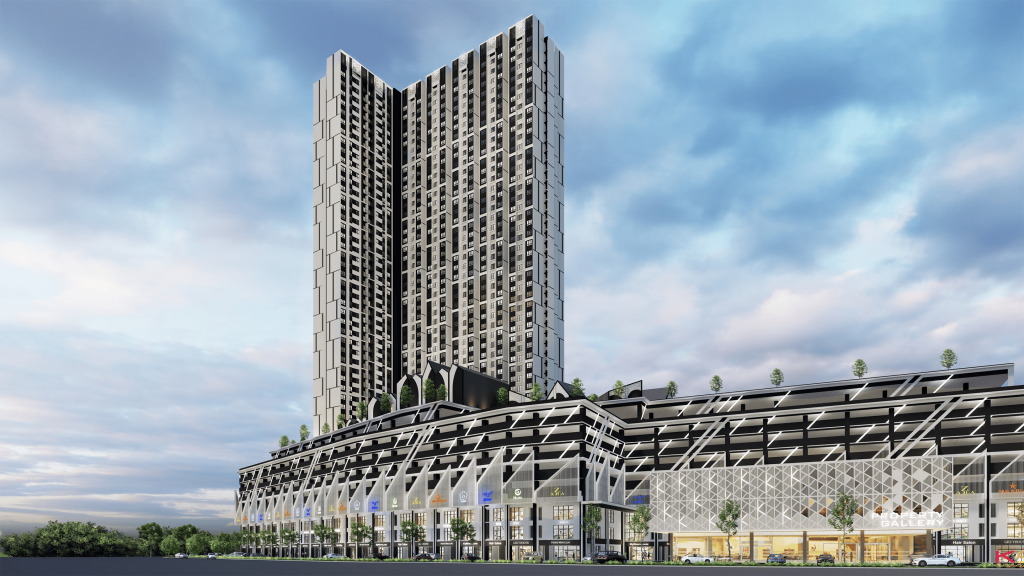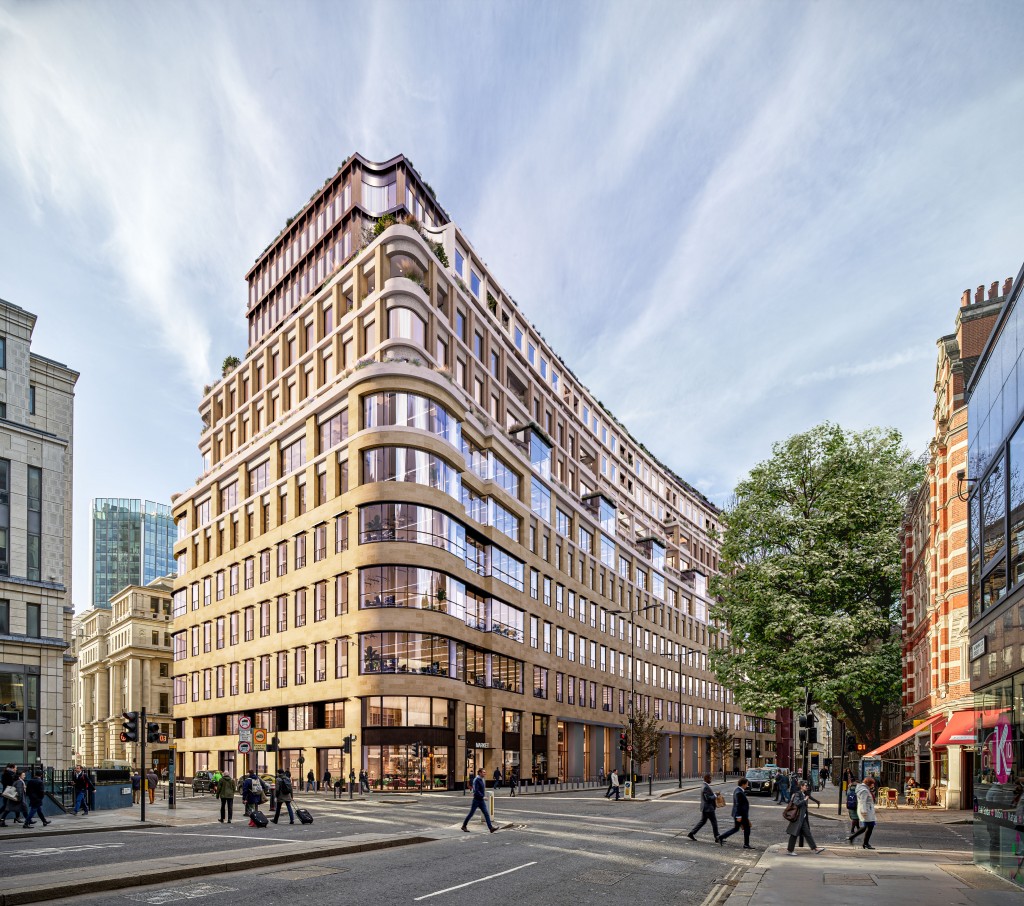From Bogeumjari housing in S. Korea to leasing of public land in Turkey, many countries are focusing on affordable housing
By Tharmini Kenas tharmini@thestar.com.my
IT’S easy to assume that challenging housing matters in Malaysia are unique, but you’d be surprised at how similar lives in other countries can be. Affordable housing, a hot topic among young and urban dwellers, is not only an issue faced by us.
One-third of urban dwellers, about 1.6 billion people worldwide, will be struggling to secure decent housing by 2025, according to the McKinsey Global Institute Report (2014). Housing woes persist even in countries such as China and the United States where land is abundant.
In America alone, the housing bubble that triggered the subprime mortgage crisis between 2007 and 2010 has created a nationwide banking emergency. This has also resulted in the focus on the effect of mortgages on millennials’ finances.
On a micro perspective, the case of parents suing their 30-year-old son in New York state to move out of their house might seem to be an amusing story but one might be surprised that it is an increasingly common phenomenon for millennials to live with their parents in some western countries.
In the US, 23% of millennials lived with their parents in 2016 compared to 14% in 2005.
With our Ministry of Housing and Local Government (KPKT) having announced its intention to look into the various schemes of affordable housing, it would be appropriate to understand the policies of other countries.
Related topic: Ownership on the horizon
Least affordable
Venezuela: The Venezuela Housing Great Mission has resulted in two million houses being built in seven years as part of the People's Social Protection System.
The government focuses on five main points: people, land, material, financing and executors.
According to Bloomberg Business, house buyers in Caracas have an average monthly mortgage payment of US$3,941 while their monthly income is just US$31.
This situation has placed Caracas on top of the Top 10 least affordable cities in the world, according to the Bloomberg Global City Housing Affordability Index.
China: The government charges for land hoarding and idle land through regulation and taxation. People in Shanghai earn US$1,324 a month on average while needing a minimum of US$7,787 to buy a house, making the city number 10 in Bloomberg’s list of Top 10 least affordable housing in the world.
To ensure housing affordability, Shanghai adopted four approaches for different types of residents, namely low-rent housing, public rental housing system, houses on shared ownership, and homes for people relocated from dilapidated buildings.
India: The Union Budget 2018 has announced the Pradhan Mantri Awas Yojna (PMAY) programme to provide more affordable houses for low-income earners.
Through this programme, it is hoped that the government will refinance mortgages of finance companies and banks involved in the development of affordable housing in India.
The government had previously carried out several reforms such as providing incentives to low-income groups, granting of infrastructure tag and an interest-subsidy scheme to boost affordable housing.
In Mumbai, (the fourth least affordable city according to Bloomberg’s report) free housing is provided to slum dwellers and low-cost houses are built for the general public.
Most affordable
United States: Although western countries are not immune to housing woes, they still have the largest number of cities listed as most affordable in terms of housing. Bloomberg Business has named Houston, Philadelphia, Chicago and Portland as the second, third, fifth and eighth most affordable cities in the world.
In Houston, the minimum payment needed to buy a house is US$1,043 while the average monthly pay of dwellers is US$3,949. In Portland, dwellers earn US$3,694 monthly while the minimum wage to be able to buy is US$2,352.
Housing affordability is driven by the Department of Housing and Urban Development.
The department plans and designs its housing programmes for different target groups. Data for planning and execution is obtained from the American Housing Survey conducted every two years.
Meanwhile in Asia
South Korea: The Land and Housing Corporation supplies diverse types of housing (Bogeumjari houses) to over a million households in Seoul. Houses are categorised into homes for sale and rent.
The integration of development and planning reduces the project period from six years to four, resulting in faster provisioning of houses to the public.
According to the Korean Statistical Information Service, the influx of new residents in Seoul reaches 15,000 to 26,000 every year. The government has introduced the 2030 Youth Housing programme (2030 refers to youngsters in their 20s and 30s) which aims to increase affordable accommodation in the city centre and to provide quality houses for young adults.
Related topic: Can you afford to buy a house?
Singapore: The Housing and Development Board (HDB) manages and builds affordable public housing in the city state.
More than a million flats have been completed, and about 80% of Singaporeans live in HDB flats.
HDB formulates housing policies and builds public housing using a comprehensive database that is updated every five years.
Singaporeans can afford to buy HDB homes through the Central Provident Fund (CPF), a mandatory national savings scheme where citizens of working age contribute 20% of their monthly salary while their employers contribute 17%.
They are then encouraged to withdraw a portion of their CPF to pay a deposit for the affordable housing.
Turkey: Publicly-owned plots of land in strategic locations are released by selling or leasing them for affordable housing development.
The country’s Housing Development Administration has gathered 4% of urban land through government entities and developed the sites in partnership with private agencies based on revenue-sharing schemes. These steps cater to the increase in housing affordability among citizens.
Indonesia: The National Housing Policy encourages private firms to build a certain number of low-cost houses for every luxury home they put up.
The focus is on four components: mortgage-linked down payment assistance to lower-middle income households, home improvement assistance for the bottom 40, technical assistance for housing policy reform, and improved governance and enhanced capacity in the housing sector.
Source: BNM Quarterly Bulletin (Fourth Quartet) 2017, BNM Annual Report 2016, Bloomberg Business, World Economic Forum, and Malaysian Affordability Housing Policies Revisited (2016), JLL India




